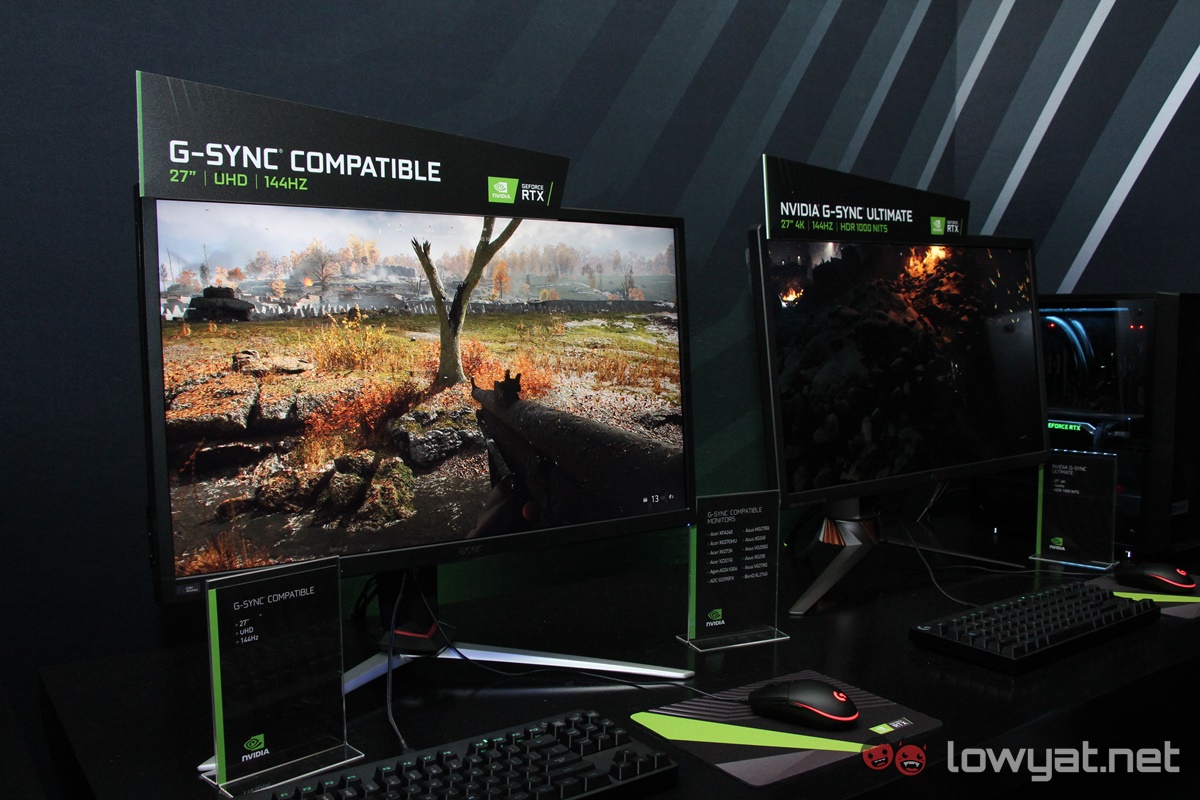FreeSync, or Adaptive sync, is a form of monitor refresh rate. Unlike Vertical sync (or V-Sync), and much like NVIDIA’s G-Sync technology, FreeSync prevents screen tearing on the monitor by utilising the (AMD Radeon) GPU. One of FreeSync’s main appeal to display manufacturers is that it’s open source. Compared to NVIDIA’s G-Sync, which is a proprietary piece of technology, and installing the module on to monitors requires manufacturer to fork out a licensing fee. At the moment, here’s the list of FreeSync monitor that will be receiving getting the G-Sync compatibility patch:
Acer XFA240Acer XG270HUAcer XV273KAcer XZ321QAgon AG241QG4AOC G2590FXASUS MG278QASUS XG248ASUS VG258QASUS XG258ASUS VG278QBenQ XL2740
Providing G-Sync compatibility to these monitor does come with its own set of hurdles. For instance, some FreeSync monitors would suffer from blanking; a phenomenon that causes a FreeSync monitor with a high refresh rate to black out at random periods within a game. In addition, NVIDIA still has another 100 FreeSync monitors to test out for compatibility. NVIDIA will be releasing the driver that will allow for G-Sync compatibility for the monitors on January 15. If your PC is running on an NVIDIA GeForce graphics card, and your gaming monitor just so happens to be one of the 12 models listed above, count yourself lucky.
